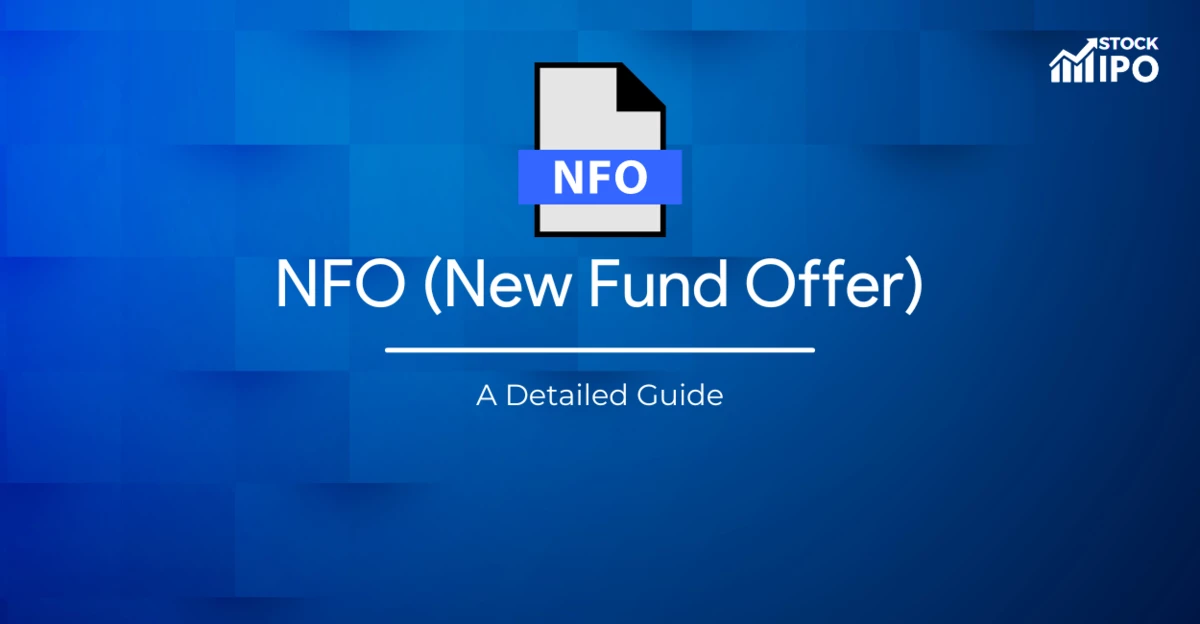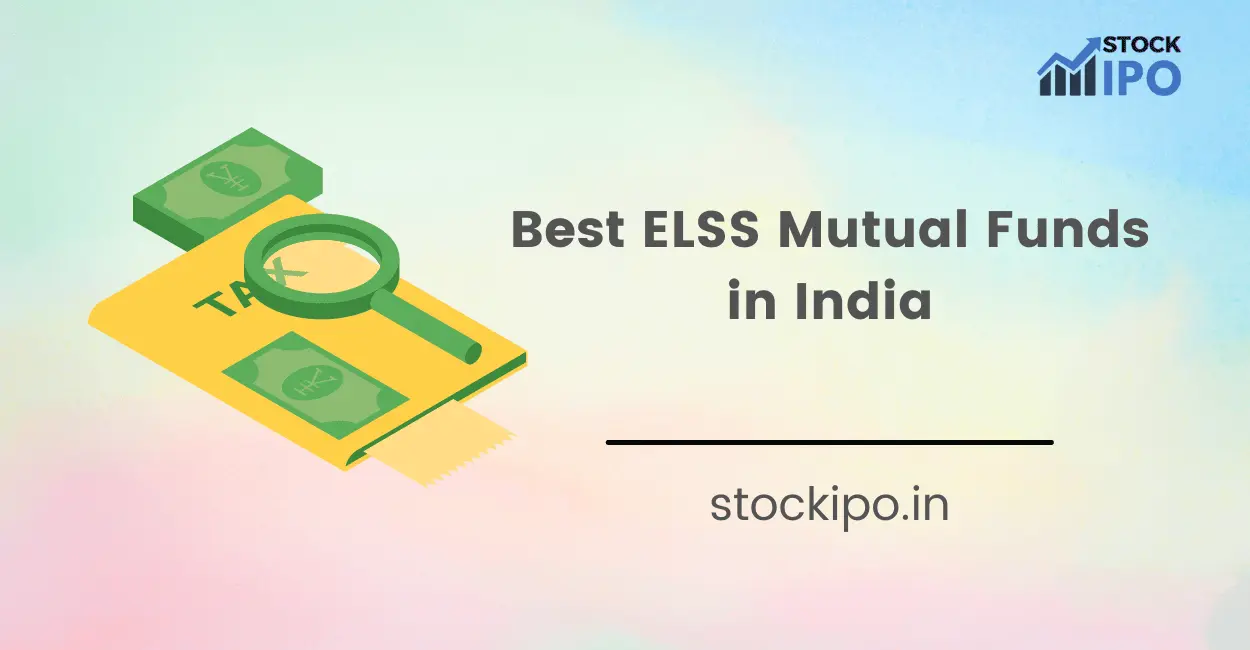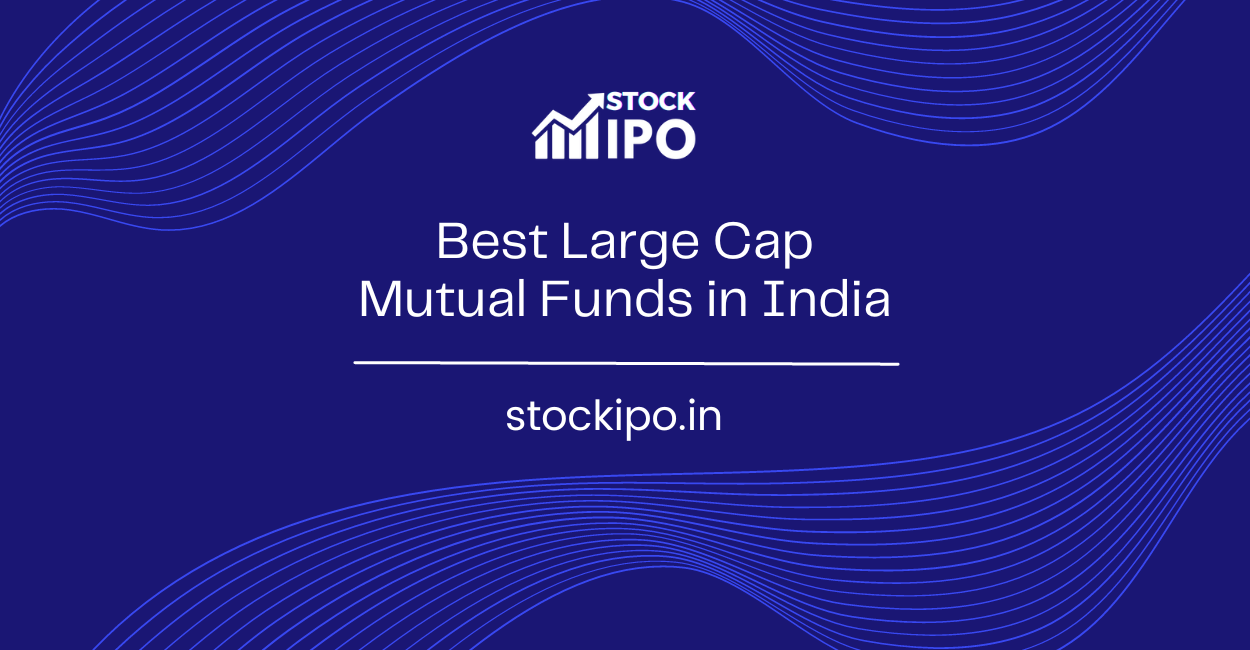The interest of new individual investors in the markets has been on the rise for the past few years. And to capture these new investors and novices, mutual funds are bringing in many New Fund Offers in the market, like the recent Aditya Birla Sun Life CRISIL IBX SDL or DSP Nifty SDL Plus G-Sec.
NFOs are frequently mistaken for IPOs, which only serves to further confuse already perplexed investors who are unsure of which investment to buy and which to avoid. You may learn all there is to know about NFOs in this article, including their types, benefits, and differences from IPOs.
What are NFOs?
When a new fund is launched by an investment company, it brings out a New Fund Offer or NFO, which allows them to raise money to invest in the securities they plan to invest in. These funds are usually for Mutual Funds of the investment company.
Just like an Initial Public Offering or IPO, an NFO also has an initial value per unit, which is typically Rs. 10 per unit, and can also have a minimum investment value that the company decides, below which an investor cannot invest.
IPO vs NFO
While there is no denying the similarities between NFOs and IPOs, the main distinction between the two is that, while NFOs are generally for subscriptions to newly established mutual funds (mostly), and IPOs are for private companies that are making their shares available to the public for the first time.
Other than this basic difference, the other differences are as follows –
| BASIS | Initial Public Offering | New Fund Offering |
|---|---|---|
| Funds Usage | The funds collected from an IPO offering are utilised for the company’s objectives’ expansion. | The funds collected here are utilised for further investments in bonds and equities. |
| Detailed Document | All the information for the IPO is mentioned in a document called Red Herring Prospectus. | All the information for an NFO is mentioned in a document called Scheme Information Document. |
| Past Records | The company which issues an IPO will have some past data indicating its performance and profitability according to which investment decisions can be made. | The fund will have no such past performance track based on which a solid decision can be made. |
| Unit Price | Valuation of the company is done on the basis of its past performance and profits. | An NPO is usually Rs. 10 per unit irrespective of any fact. The NAV is finally decided based on the market situation when it is finally launched. |
| Listing Gains | As an IPO investor, a listing gain is expected an investor. | For an NFO investor, no such gains are seen and an investor has to wait to see the gains on these funds. |
| Lock-In Period | An IPO does not have any Lock-In Period for which one cannot take out their money. | An NFO can have a Lock-In period before which an investor cannot withdraw their invested amount. |
Types of New Fund Offerings
In general, NFOs can be classified into two categories.
Open-ended Funds
An open-end fund will offer fresh shares for sale in a new fund offering (NFO) on a specific date. Open-end funds can issue an unlimited number of shares, unlike closed-end funds. Shares may be purchased and sold by investors from a brokerage company on the launch day and thereafter. The shares are handled by the fund business or one of its associates rather than being listed on a stock exchange. Open-end mutual fund net asset values are published each day after the market closes. Most funds come under this category.
Close-ended Funds
During an initial public offering, a set number of units are distributed through closed-ended funds (NFO). There will be no more opportunities to invest or redeem in the fund when the NFO is over. Due to the close-ended nature of these funds, the only method to exit them is by selling them on a stock exchange. These NFOs typically last three to five years, after which the opportunity for selling through the asset management business is closed and only the stock exchange is left as an option.
Advantages of NFOs
The following are the potential benefits of purchasing a new fund offering (NFO) –
- Early investment
NFOs give you the chance to invest money right away in a fund, which might lead to longer-term benefits. For people who want to accumulate money over time and meet their long-term financial objectives, it may be a desirable option.
- Risk distribution
You can gain access to a variety of assets that are managed by qualified fund managers by making an investment in a fund. By giving you exposure to many markets and industries, you may be able to balance your portfolio as a whole and lessen the impact of any potential losses in one particular area.
- Expert management
NFOs give investors access to expert research and analysis. In order to make wise investment decisions, fund managers have access to a multitude of information and resources. They are competent to evaluate economic conditions, analyse market trends, and spotting good investment prospects. The risk involved in investing may be reduced with the use of this knowledge.
- Easy access
The process of investing in NFOs is streamlined through brokers and other financial intermediaries, making it simple for people to begin constructing their investment portfolios. Those who are new to investing or who might not have the time or resources to examine individual investments may find this to be extremely helpful.
Disadvantages of NFOs
- Historical Data
It can be challenging to forecast NFOs’ future performance because there isn’t much previous information available. NFOs are frequently brand-new funds without a track record, so there is no data to evaluate their potential for future growth. Making wise investing decisions may become difficult as a result.
- Timing risk
Timing is a crucial factor when it comes to investing in NFOs, as investments made at the wrong time could result in reduced returns. If the market is already at a high valuation, it could be more difficult for the fund to generate significant returns, as there may be limited room for growth. On the other hand, if the market is undervalued, there may be greater potential for growth and higher returns.
- Limited liquidity
Some NFOs may be closed-end funds, making it challenging to exit the investment when necessary because there may be few opportunities for buying or selling the fund.
- Costlier
NFOs often have higher expense ratios compared to established funds due to the costs associated with starting a new fund. These costs may include fees for legal and regulatory compliance, marketing expenses, and salaries for fund managers and other staff. These expenses are passed on to investors in the form of higher expense ratios, which can have a negative impact on their overall returns.
How to select an NFO for investment?
There are some basic things that one should consider before making an investment, these points are not just applicable to, particularly an NFO, but in general, any investment that one might wish to make –
- Determine your investment goals
Before making an investment, it is very crucial to identify what are your goals, long-term or short-term. Investments made according to the goals of the investor give the best-personalised returns.
- Evaluate your risk tolerance
Every investment comes with a degree of risk that is unavoidable. Every individual has a different level of risk tolerance, and having a clear idea of the risk the investment offers is very important.
- Compare the NFO with similar funds
Since no historical data on such a fund is available, comparing the fund with other similar funds is the best option available. Judging the fund this way can help an investor make a better-informed decision.
Final Thoughts
Some investors may find investing in NFOs to be a wise choice, but it’s crucial to thoroughly weigh all the relevant considerations. Before making a choice, it’s crucial to match the NFO with your investment objectives and risk tolerance, look into the fund’s performance history, securities and exchange, and costs, and consider how it will fit into your overall investment portfolio. Consulting with a financial counsellor can also help in making an informed decision. Before making an investment in NFOs or any other kind of investment, it’s crucial to carefully conduct your research and comprehend the potential hazards.







